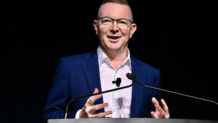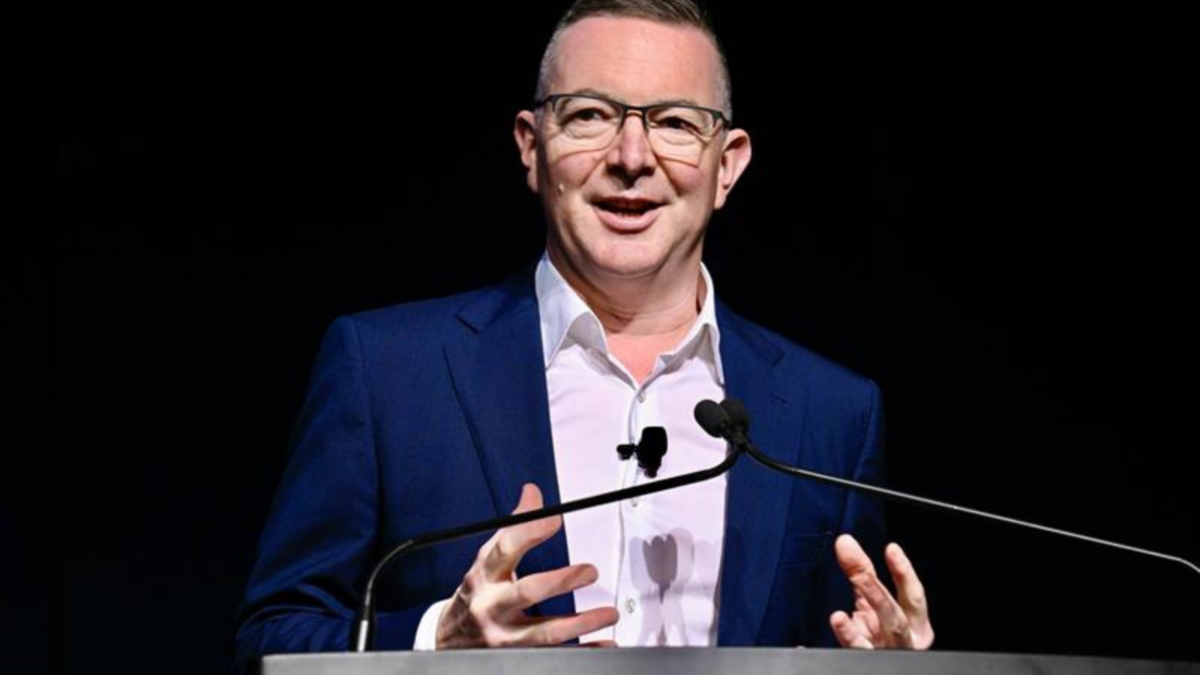So how much revenue does the average financial adviser pull in, anyway?
New figures from researcher Wealthdata reveal how much gross revenue Australian financial advisers typically derive, as well as just how much variance there is in revenue across big advice groups.
After studying the 2022/23 ASX statements from eight listed companies that provide financial adviser services, Wealthdata reported that the average revenue per adviser was $463,258.
This number is across an average of 3,856 advisers across the period. The companies studied were AMP, Insignia, Diverger, Sequoia, Centrepoint, Fiducian, Count and WT Financial.
Across the eight companies studied, the median revenue was only $393,050, which is lower than the average because the revenue-per-adviser figures across the eight companies skew towards the high end. While the lowest revenue harvesting group reported $263,550 per adviser, the highest revenue group reported a staggering $600,000 revenue-per-adviser figure.

The extraordinary delta between the lowest and highest average revenue figures comes from the different business models employed between the listed groups, Wealthdata managing director Colin Williams told The Inside Adviser.
“Out of the eight listed groups we covered, the top three ended up being the ones that were straight financial planning groups,” he explained. “The groups with the lower revenue-per-adviser totals tended to be converged advice and accounting models, with the accounting side responsible for bringing the numbers per headcount down.”
Williams said he refrained from explicitly labelling the top performing businesses on the list because the results are more about the different models and structural variations of businesses than the performance of advisers.
“I didn’t want to create a list of winners and losers,” he added.
Tricky data
While similar results have been sourced using adviser surveys, the Wealthdata figures represent the first concerted attempt to correlate data from listed advice companies over a stated period to ascertain revenue figures.
There was some fiddling around the edges, Williams explained, because some companies were less than explicit with exact revenue numbers.
“Not all companies provide actual revenue amounts for advisers. Some do, others have the data consolidated with other revenue lines,” he explained in the results notes. “When the data has not been explicit, we have used our experience to delve into the revenues generated and expenses paid back to advisers.”
The adviser numbers were also problematic, as these often fluctuated during the financial year.
“For the purpose of this exercise, we have used the ‘average’ number of advisers, this being a simple calculation of adding the number of the advisers at the start and end of the financial year and dividing by two,” he said.











